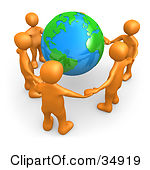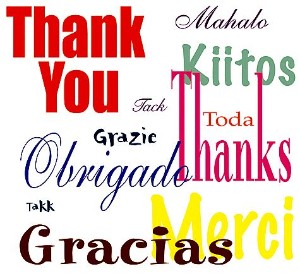I read about research which has been conducted on different settings of staying and playing or playing and chatting in reference to supported playgroups. The two different environments have been furthered studied between Australian supported playgroups and English Parent-Toddler groups. The main focus was on parents talking and the children playing. It has information examining the similarities of how service models function (Needham & Jackson, 2012).

A study was done in Dutch daycare centers to examine how friendships are developed and what factors have the greatest impact. The two- and three- year-olds tend to develop friendships with other children which were the same gender including age. The cultural background had no noticable effect on the friendship developed between the children. The major effect on friendships and young children was when children attended the program part-time. It created an environment which is unpredictable. The information provided in this study suggests that cultural diversity is not an issue for young children to make friends (van Hoogdolem, Singer, Wijingaards & Heesbeen, 2012).

The article focused on the negative perspective pre-school and kimdergarten teachers have on mathematics. A survey was given to pre-school and kindergarten teachers. The results showed that an active and constructive way to learning mathematics was accepted. The pre-school and kindergarten teachers suggested that their service training needs to have more in-depth insights to teaching including learning mathematics (Benz, 2012).

I found the study about young children developing friendships was eye opening. Many of my education classes stress cultural diversity. Young children do not see different cultures. Young children do not have an issue making friends with other children which have a different background. They prefer to play with other children which are the same age and same gender. The techniques I have learned to make children more comfortable in the classroom would not effect the child making friends. The families as a whole may feel more comfortable displaying different items from their culture. It may be that displaying culture items from different cultures will make the families more comfortable allowing their child to be educated in our school.
This is a wonderful resource for my future plans in opening my own school. I will be able to join as a partner and be able to develop an exchange program. There could be research opportunities within the collaboration with European Early Childhood Education Research Association (EECERA). The Korea Institute of Child Care and Education has a link. They have an issue with parents preferring to raise their children in a childcare facility. In Korea, they also face the concern of parents not having the options to raise their child at home. The population which does receive a childcare stipend prefers to use the childcare facility to raise their children. Even in Korea, salaries effect their society from raising their children at home. I am looking into becoming a member where I would have full access to all the journals.
www. eecera.org
References
Benz, C. (2012). Maths is not dangerous- Attitudes of people working in German kindergarten about mathematics in kindergarten. European Early Childhood Education Research Journal, 20(2), 249-261. doi: 10.1080/1350293X.2012.681131
van Hoogdalem, A., Singer, E., Wijngaards, L. & Heesbeen, D. (2012). The role of familiarity and similarity in friendship relationships in toddlers in Dutch daycare centers. European Early Childhood Education Research Journal, 20(2), 189-204. doi: 10.1080/1350293X.2012.681134
Needham, M. & Jackson, D. (2012). Stay and play or play and chat; comparing roles and purposes in case studies of English and Australian supported playgroups. European Early Childhood Education Research Journal, 20(2), 163-176, doi: 10.1080/1350293X.2012.681133
"It takes a village to raise a child."
-African Proverb-












































